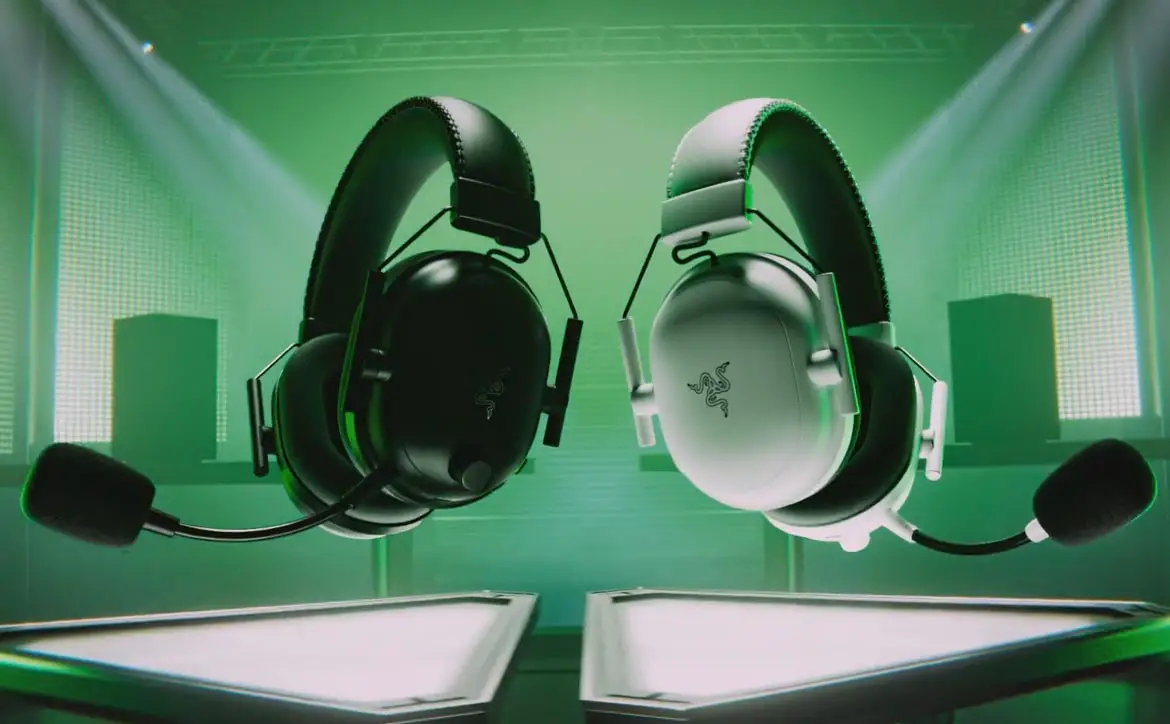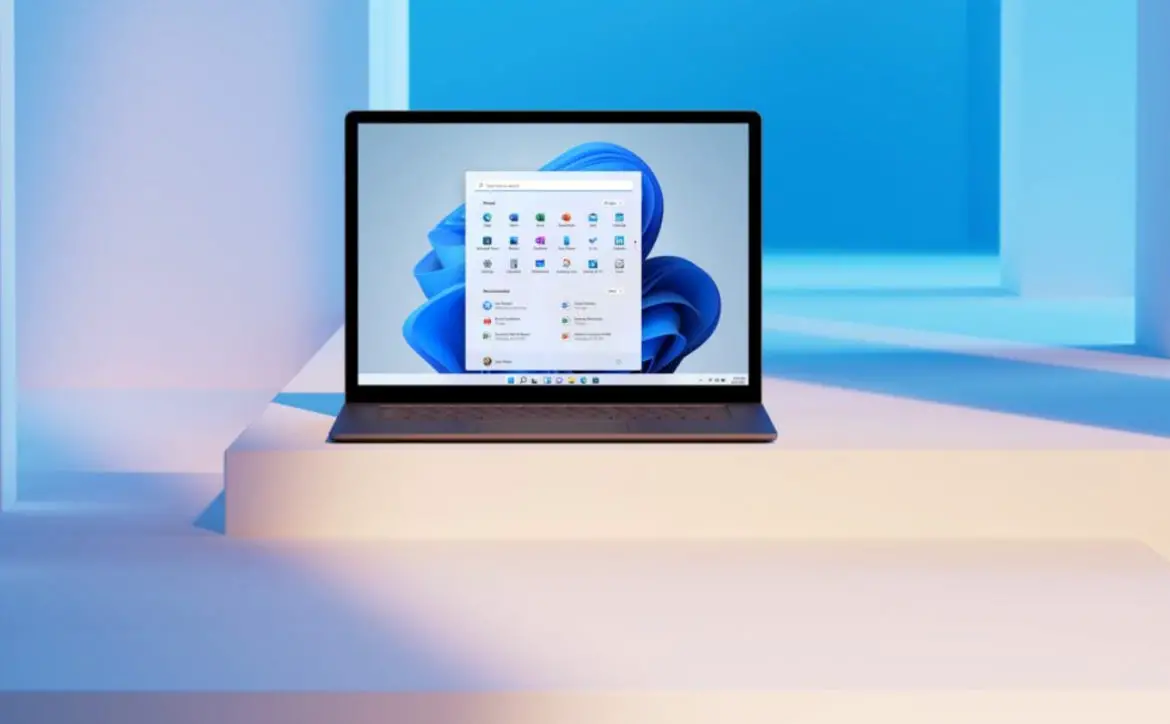In space no one can you hear create a carbon filter out of a gas mask and nanoglue. Morningstar: Descent to Deadrock is a new first-person point-and-click adventure that puts you in the role of Powell, a man whose ship crash lands on a mysterious desert planet, along with the ship’s captain. Using all the classic mechanics you know from decades of point-and-click games, does it do enough through its storytelling to set itself apart? Our Morningstar: Descent to Deadrock review takes a look to see if that’s the case, and it may also answers the age old question – why the heck am I still holding this fish?
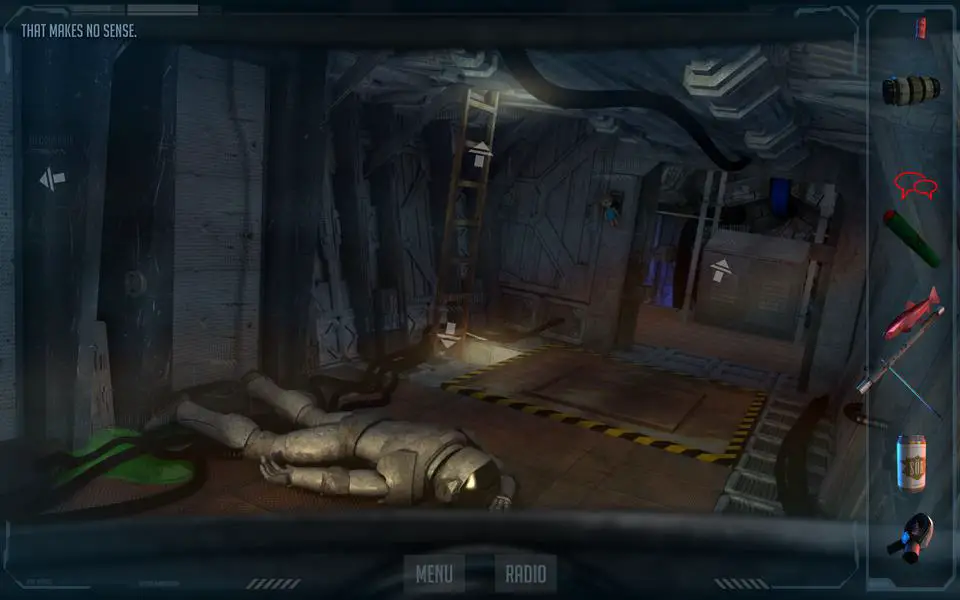
Gameplay
Point, click, combine, solve. It’s standard fare as far as the mechanics of Descent to Deadrock goes, but they are done well.
Gameplay is accomplished by passing between static screens and clicking everything in sight. Your inventory is constantly shown alongside your screen, and the main chunk of screen real estate is dedicated to the painting-esque backdrops you’ll be exploring. One thing Morningstar does exceptionally well is streamline the experience of a standard point-and-click adventure. Combining items can be done pretty rapidly if you’re getting desperate (which you won’t often), and all dialogue is easily skippable so you can continue on your way. Looking around each new zone is a matter of “scanning” by moving your mouse cursor around and waiting for a little U.I. element to pop up and let you know that you can click it. Given that everything is on screen at all times, there is no clunky pause menu or inventory screen to dig through. You can quickly scroll through items on the right, combine them, or interact with them with the world in the main part of the screen. It makes for a very smooth and comfortable gameplay experience.
Unlike a lot of similar games, nothing you have to do in Morningstar: Descent to Deadrock feels like much of a stretch. You need leverage for something, so you need a long pipe; you need to glue something, so you need glue, etc. Even when something is a bit of a stretch, it’s never too difficult to tell what you need thanks to the creative way that the dialogue is laid out. The game doesn’t hide information from you that your character would know – if Powell knows that he needs something to filter carbon, he’ll mention it in the way he responds to your actions. Keeping with the leverage example, if you try and use the long pipe on another random item instead of saying “That won’t work,” Powell will instead say “That doesn’t need leverage.” It helps remind you what the item could potentially be used for, without flat out saying where it goes. There are times when he’ll simply say “That won’t work,” but that is almost always your clue that nothing needs to done with that object. Not only does this eliminate the need for a constant hint system, but it helps the progression feel much more natural. Hearing Powell mention something that reminds you to use a certain item feels a whole lot better than rubbing everything together until something clicks. There is still a hint system in the form of radioing your stranded captain for help, but the majority of the time it won’t be needed.
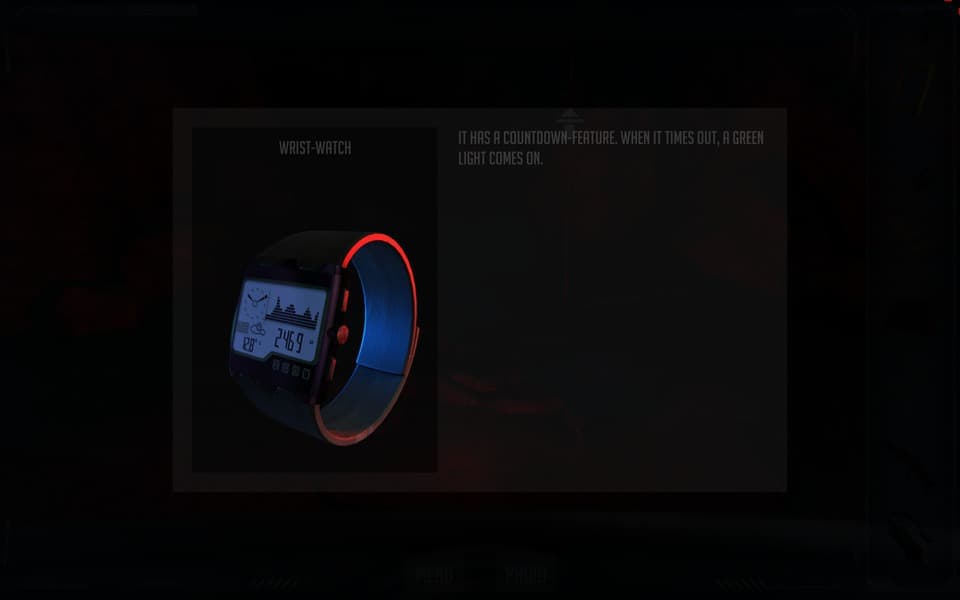
While combining things almost never feels cheap, some of the things you need to find can be. Morningstar is played entirely in first person, so whenever you enter a new static screen you’ll wave your mouse around and try to find everything exploitable object possible. Some of these are obvious, like a crate or a control panel, but sometimes it will be something irritatingly hidden. There’s almost no natural way you’re going to find something as a perfectly-blended in panel in a wall that you have to crawl through, and it’s a few objects like that where you’ll only notice by flailing your mouse in every direction until you get a little pop-up telling you that something can be clicked. Luckily for these moments, being able to radio your captain comes in particularly handy. The game seems to realize which items are stupidly hard to find because, while most of clues are vague “You should look in this area” type of hints, there are times when he’ll tell you almost exactly what to find. If you’re a hardcore adventurer and direct hints like that bug you, radioing for help is entirely optional and can be easily ignored.
It’s also worth noting that the game is pretty short. It can be completely in only a couple hours, and there is not much exploring to do as everything in the game is a single path of puzzles to solve.
Graphics
As previously stated, Morningstar is made up of still images that you explore around. Occasionally they will have small bits of animation, but the large majority of what you are looking at is static backgrounds. Scattered around these rendered backgrounds are things to interact with. Sometimes they pop out as clear objects you are meant to interact with, but other times they blend in just a tad too much.
Considering how much of the game is still images, it still does a great job getting across its creepy atmosphere. Maybe it’s just me, but there’s always something about objects animating inside of still images that is particularly eerie. When it’s an Easter Island Head-looking creature opening his bright red eyes to follow you around the room it can make the hairs on the back of your neck stand up. As well, all the environments are greatly detailed, so exploring one area for an extended period of time doesn’t become too much of a drag.
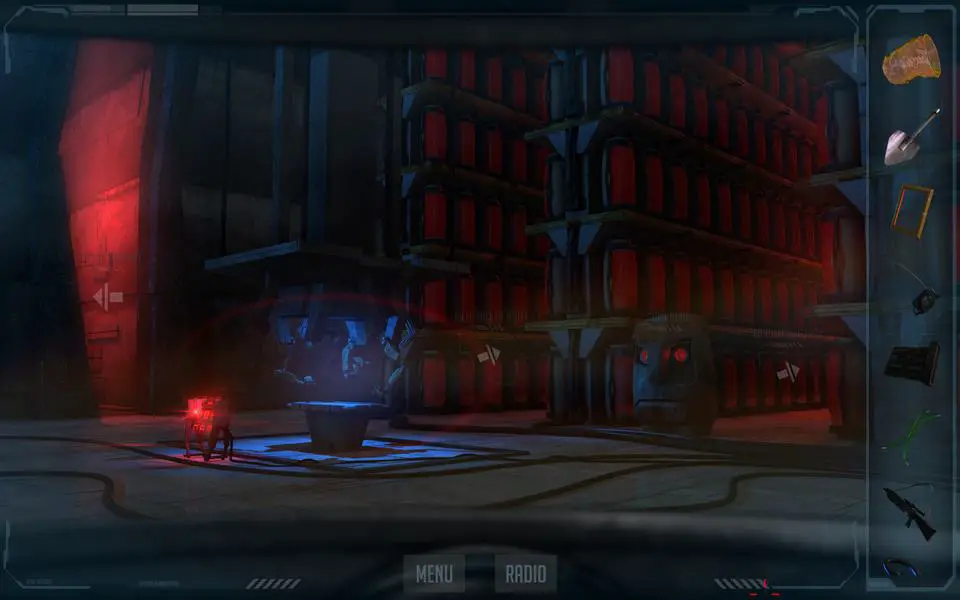
These aren’t cutting edge graphics by any means, and the U.I. in particular looks dated, but it all serves the game well enough.
Story
Morningstar‘s story is all about exploration and discovery. You, as the now-stranded Powell, are a member of a crashed “Morningstar” class ship that mysteriously was taken down on a desert planet. When your ship comes down, the captain is pinned to the chair by a metal rod, and the rest of your ship is in disarray. The story of the game progresses as you repair your ship, get your captain safe and sound, and begin to explore the planet to find the necessary equipment to finish repairs and get off the planet.
It’s not a bad story by any stretch, but I had some issues connecting with it. For one, the banter between Powell and the captain seems extremely contrived. They are meant to have a witty back-and-forth where the captain is some kind of hot shot that Powell can’t stand, but the game goes to no lengths to establish this and it comes off feeling very artificial. The world around you isn’t very fleshed out either. As previously stated, Morningstar: Descent to Deadrock is a short game, so it doesn’t have a lot of time for world building outside of the very few details you need to complete your missions. This works well as a way to create a lot of tension in a point-and-click game, but otherwise doesn’t do the rest of the story justice.
Sound
For such a small game, Morningstar manages to have a pretty memorable theme song during its intro and outro videos. It sets up the game well, and is a short tune that has stuck in my head for some time. Music in the rest of the game is often far in the background and doesn’t have much of an impact. Other sounds in the game are almost non-existent outside of some beeps and boops from clicking different things. Much like a lack of a real world built around you serves the feeling of being alone on a desolate planet, so does the lack of ambient sounds. I spent a good majority of my time clicking through Morningstar just waiting for something to pop out of a corner because of how quiet it all is. Everything audibly in the game goes towards making you feel uncomfortable while you’re solving puzzles and riddles, and it works really well.
Voice acting on the other hand, isn’t pretty. Lines are delivered unnaturally and extremely flat. It’s hard to tell if Powell is curious, angry, excited, or just plain bored with every line he says. What he is saying is important to the game, but hearing it is never a fun experience.
Concept
It’s a point-and-click adventure. There isn’t a ton of wiggle room in the genre, but Morningstar doesn’t go out of its way to try and make anything particularly new either. The best thing that can be said on a conceptual level is that it gets all the core mechanics of first-person point-and-click games down to a science.
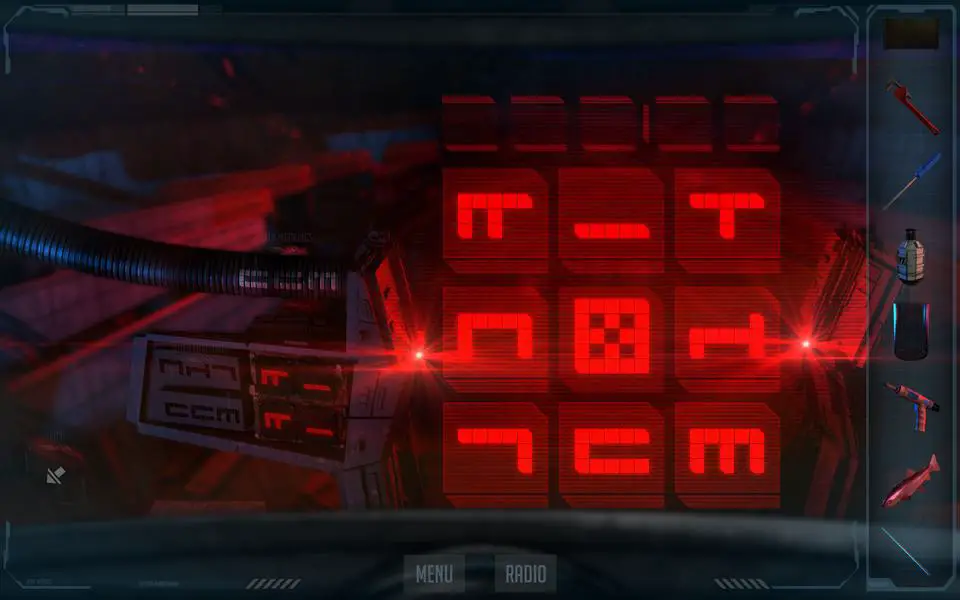
[button type=”link” link=”http://store.steampowered.com/app/339130/” variation=”btn-danger” target=”blank”]Purchase Morningstar: Descent to Deadrock on Steam[/button]
Last Updated on November 27, 2018.



